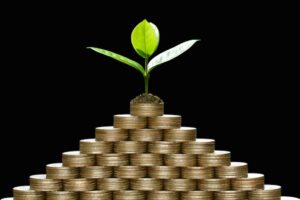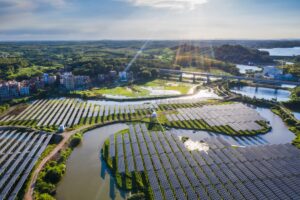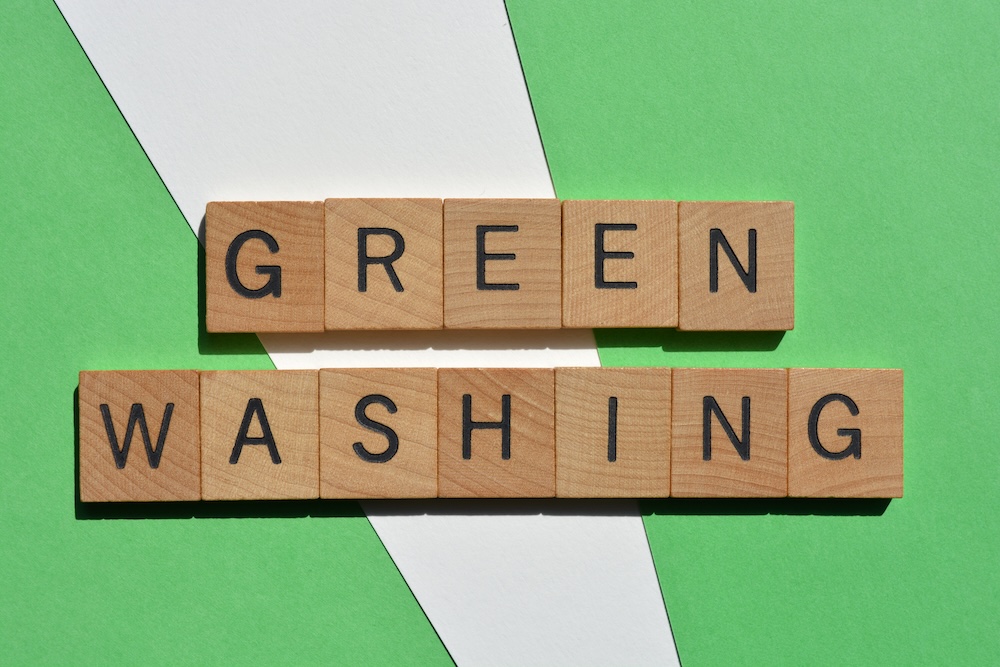We’re all trying to make better choices. Buy less plastic. Choose clean products. Support sustainable brands. But here’s the hard truth: not everything labeled “green” is actually good for the planet.
In a world where greenwashing is everywhere, even the most well-intentioned choices can end up doing more harm than good. Words like “biodegradable,” “natural,” or “eco” sound reassuring — but they’re often vague, unregulated, or outright misleading.
This post breaks down seven of the most common eco-friendly myths — and offers better ways to navigate sustainability without the hype. No shame, just clarity. Because being a conscious consumer starts with seeing the full picture.
1. Myth: “Biodegradable” = Earth-Friendly
We see the word biodegradable and assume it’s a guilt-free green light. But the reality? Most so-called biodegradable plastics don’t break down in the ocean, your backyard, or even a landfill.
In fact, many require industrial composting conditions — high heat, specific microbes, and oxygen flow. Without that, they behave just like regular plastic: they linger, break into microplastics, and pollute ecosystems.
🧪 The problem: Biodegradable ≠ harmless. Some even release methane in landfills.
✅ What to do instead:
- Use reusables whenever possible
- Opt for home-compostable materials (look for certification)
- Skip unnecessary packaging altogether when you can
2. Myth: “Natural” Means Safe and Clean
“Natural” is one of the most misleading words in marketing. It’s completely unregulated — meaning companies can slap it on anything, regardless of how safe, ethical, or environmentally sound the product is.
Arsenic is natural. So is formaldehyde.
🌿 The problem: Many “natural” products still contain toxic ingredients, synthetic fragrances, or hormone disruptors — they just sound clean.
✅ What to do instead:
- Read the full ingredient list
- Look for third-party certifications like EWG Verified, Made Safe, or USDA Organic
- Avoid vague terms like “botanical blend” or “plant-based” unless there’s transparency
3. Myth: Buying Eco Products = Living Sustainably
Buying a bamboo toothbrush isn’t a bad thing — but buying 10 bamboo toothbrushes in a month is.
We’re often sold the idea that buying “green” products is the same as being sustainable. But consumption is still consumption, and every product requires energy, water, and materials to produce — even the eco-labeled ones.
🛍️ The problem: The sustainability movement is being hijacked by consumerism.
✅ What to do instead:
- Prioritize reuse and repair before buying
- Support secondhand and circular solutions
- Ask: Do I really need this?
4. Myth: Recycling Is the Solution
Recycling feels good. But it’s not the catch-all solution we’ve been promised.
Only about 5–10% of plastic actually gets recycled globally. The rest is downcycled, landfilled, or shipped overseas — sometimes to countries that burn or dump it.
♻️ The problem: We’ve been taught to think recycling cancels out our waste. It doesn’t.
✅ What to do instead:
- Refuse and reduce before you recycle
- Learn your local recycling rules (they vary wildly)
- Avoid plastic altogether when you can — especially black plastics, mixed materials, or flimsy films that can’t be recycled
5. Myth: Carbon Offsets Erase Pollution
Carbon offsets sound great: pay a little extra, cancel out your emissions, feel good. But in reality, the carbon offset market is murky at best.
Many programs are unverifiable, double-counted, or based on hypothetical savings (like trees that might have been cut down). Worse, some companies use offsets to justify continued pollution.
🌍 The problem: Offsets are often used to delay real change.
✅ What to do instead:
- Focus on reducing your direct impact (especially flying, driving, heating/cooling)
- Support verified offset programs (Gold Standard, Cool Effect) as a bonus, not a band-aid
- Advocate for systemic emissions policy — not just personal offsets
6. Myth: Vegan = Sustainable
Veganism is often framed as the ultimate eco-choice — and in many cases, it is. But not always.
Many vegan products are ultra-processed, wrapped in plastic, and shipped from faraway regions. Ingredients like palm oil and industrial soy can be linked to deforestation and biodiversity loss. “Vegan leather” might just be petroleum-based plastic.
🌱 The problem: “Vegan” doesn’t always mean environmentally responsible.
✅ What to do instead:
- Choose whole plant foods over processed replacements
- Buy local and seasonal when possible
- Research vegan products with a full lifecycle view — not just the label
7. Myth: Eco-Friendly Brands Are Always Ethical
It’s easy to assume that any brand with green packaging and “sustainable” marketing must also care about people and the planet. But many don’t.
Some “eco” brands underpay workers, use toxic ingredients, or simply greenwash their image while operating like any other corporation.
💸 The problem: Without transparency, claims mean nothing.
✅ What to do instead:
- Look for certifications like B Corp, Fair Trade, or Cradle to Cradle
- Read brand values and sourcing information
- Support small, transparent businesses over mass-market eco trends
Final Thoughts: Progress, Not Perfection
Sustainability isn’t about being perfect. It’s about being informed, thoughtful, and willing to question what we’re sold.
These myths are everywhere — but once you recognize them, you can choose better.
- You don’t need to toss everything and start over
- You don’t need to feel guilt for getting it wrong sometimes
- You just need to stay curious and committed to doing better, bit by bit
That’s where real change happens.









Reader Interactions